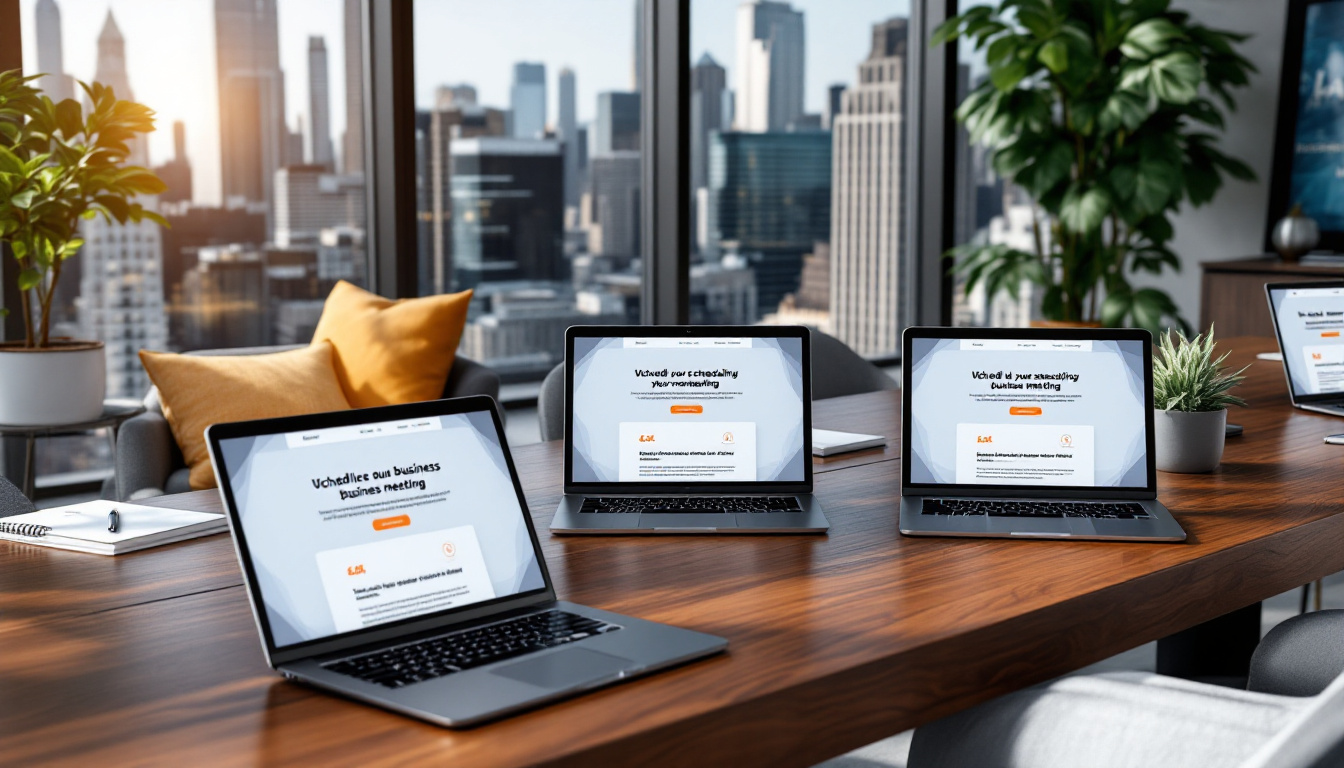Optimize professional appointment scheduling with effective email templates
In a business environment where every interaction counts, the art of planning a business meeting goes beyond simply proposing an appointment. In 2025, mastering email marketing has become a strategic skill, particularly for engaging key clients or potential partners. With the rise of tools like HubSpot, Mailchimp, and Salesforce, it’s possible to automate and personalize each message to maximize response rates. This article reveals five email templates proven to convince, generate interest, and, above all, lead to successful meetings.
How to Write a Meeting Request Email That Captures Attention in 2025
A meeting request must be to the point, yet specific enough to encourage the recipient to respond quickly. Differentiation requires careful personalization that demonstrates that you understand their challenges and priorities. In 2025, companies will primarily use CRMs like Zoho Mail or Salesforce to track every interaction, allowing you to tailor your messages to each contact.
Here are the key elements for a successful email:
- An impactful subject line
- A personalized opening : recall a previous conversation or provide specific information, for example: “Following our exchange at the Innovation Summit, I wanted to offer you…”
- A clear proposal : specify the date, time, and subject to avoid any confusion.
- Added value : offer a resource, suggest useful content, or share a testimonial to generate interest.
- A specific call to action : invite people to book a time slot via a link to a calendar like Trello or Calendly.
To make things easier, here is a sample template that you can adapt to your context:
Discover the full example here.Strategies for Effectively Personalizing Your Introductory Emails
In 2025, personalization is no longer limited to inserting the recipient’s name. It relies on a detailed understanding of their challenges, their position in the industry, and even their interaction habits. The goal is to create a sincere connection that encourages the customer to engage without feeling pressured.
Here are some methods to enrich your messages:
Analyze the prospect’s latest content published on LinkedIn or their social media to reference their recent projects.
- Use your CRM history to recall an issue discussed during previous interactions.
- Refer to common events or industry trends, such as the impact of digitalization or the energy crisis.
- Suggest a meeting at a time when the contact is generally more available, such as at the beginning or end of the day. A study conducted in 2025 shows that personalization increases response rates by 35%. The key lies in a message that feels tailor-made rather than generated by a robot.
- Email templates for requesting a strategic or partnership meeting
Strategic contexts often require more elaborate approaches. The goal isn’t just to get a response, but to initiate a discussion that paves the way for lasting collaboration. In 2025, the majority of companies use platforms like Outlook or Gmail coupled with Swydo to track their campaigns and analyze the performance of each message.
A good template should include:
An introduction that contextualizes the request by demonstrating your added value.
A summary of the benefits the meeting can bring to your contact.
- A flexible date suggestion, accompanied by a link to your integrated calendar.
- An incentive to prepare for the meeting with documents or specific points to discuss.
- It is also recommended to use tools like SendinBlue to automate these sendings while maintaining a human approach. For a sample template, see this link.
- Best practices for ensuring effective post-meeting follow-up
Once the meeting is scheduled, the next step is to plan a structured follow-up. In 2025, using tools like Trello or Swydo allows you to track each action and prepare for the next step. For optimal follow-up, here are some tips:Send concise minutes, summarizing the key points discussed, within 24 hours.
Share documents, studies, or concrete examples to reinforce the value of the collaboration.
Suggest specific, time-bound actions to maintain momentum. Use CRM tools like Salesforce or Zoho Mail to automate this step and stay on top of commitments.
Incorporating these best practices into your process can increase the likelihood of finalizing a collaboration by 40%. Email follow-ups should become a consistent ritual, complementing other channels like phone or social media.
- How to structure a summary table to track your scheduling efforts
- Accurate tracking is essential to ensure nothing is left to chance in the management of your professional meetings. Using a table allows you to quickly view the progress of each contact. Here’s an example of a table suitable for a follow-up strategy:
- Contact
- Date of Last Contact
Message Type
Response Received
Next Step
| Expected Date | Client A | April 12, 2025 | Follow-up Email 2 | Accepted | Send Proposal |
|---|---|---|---|---|---|
| April 15, 2025 | Partner B | April 10, 2025 | Phone Call | Pending | Schedule a strategic meeting |
| April 20, 2025 | Prospect C | April 9, 2025 | LinkedIn Message | Ignored | Follow-up via Outlook |
| April 16, 2025 | This table centralizes all actions, facilitates prioritization, and ensures regular follow-ups with all your prospects and clients. | The role of digital tools for effective meeting scheduling management | Integrating tools like Salesforce, Mailjet, or Swydo into your workflow optimizes each step. Their strength lies in their ability to automate, personalize, and analyze the performance of your emails. These platforms also facilitate customer segmentation for more precise targeting and relevant communication. | Furthermore, integrations with platforms like Outlook or Gmail allow you to schedule the meeting directly in the prospect’s calendar with a single click. Synchronization with Trello or HubSpot ensures seamless tracking and transparent management of ongoing actions. In 2025, mastering these tools will become essential to maintain efficiency, especially in the face of increased competition. Consistent communication and accurate follow-up are now the keys to converting a simple meeting request into a lasting partnership. |




